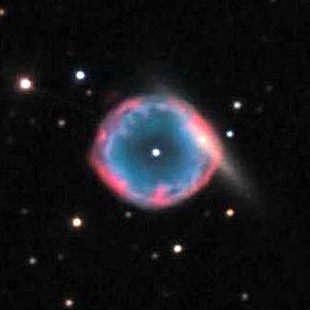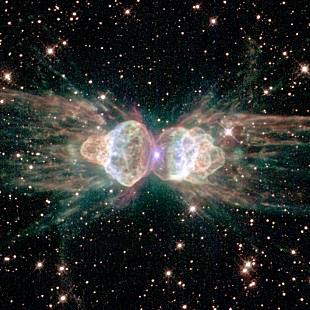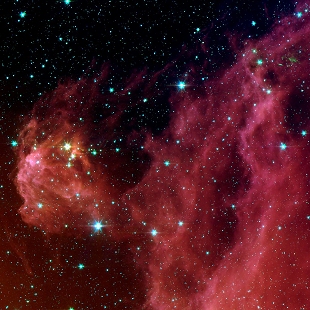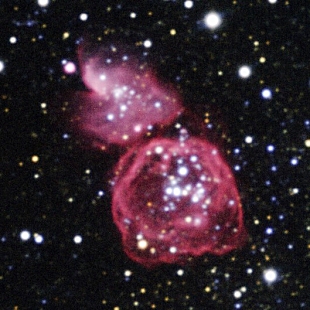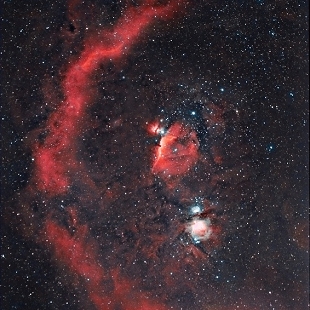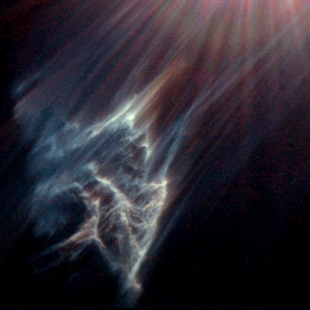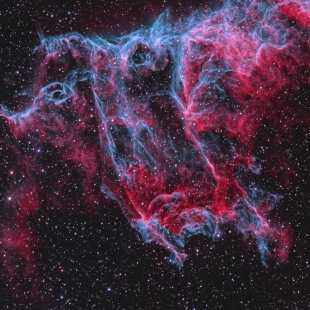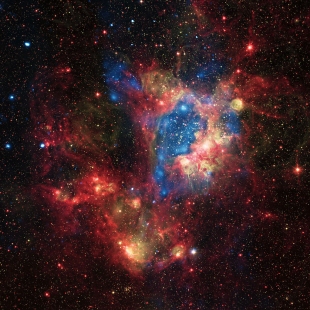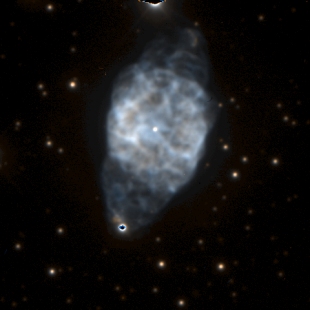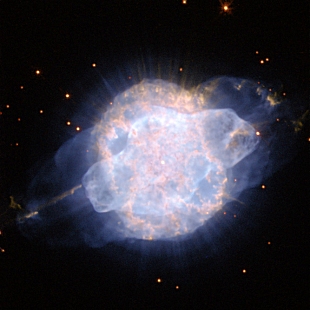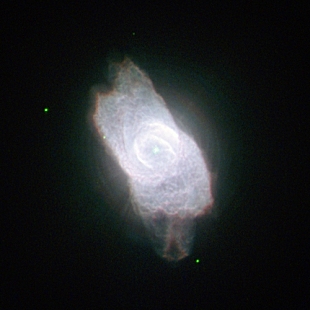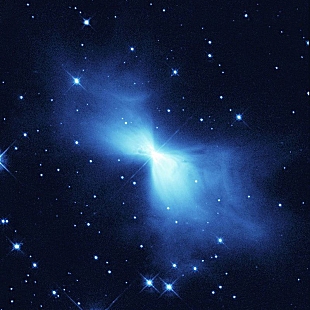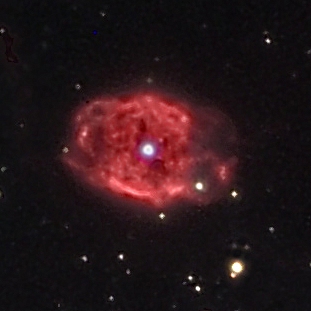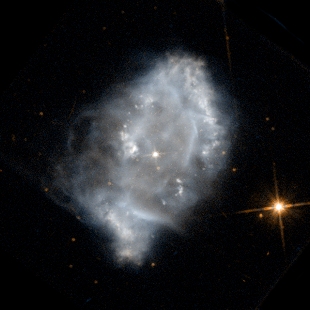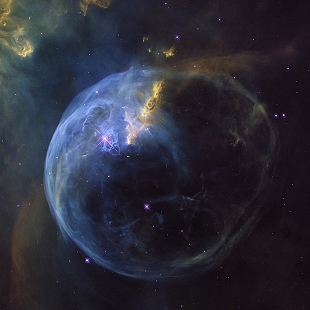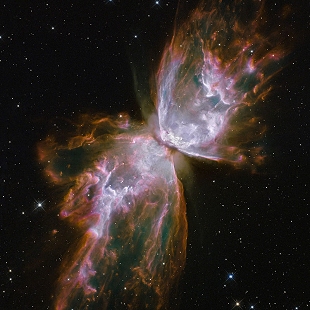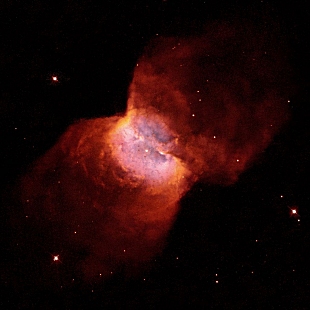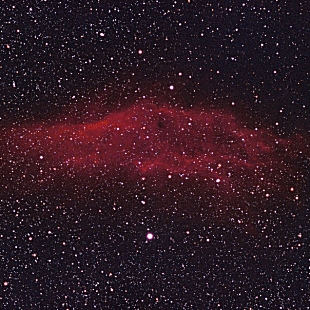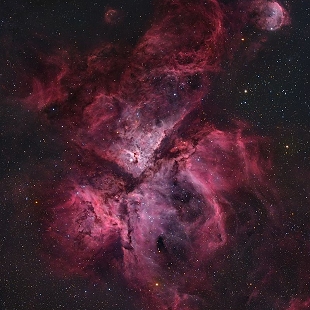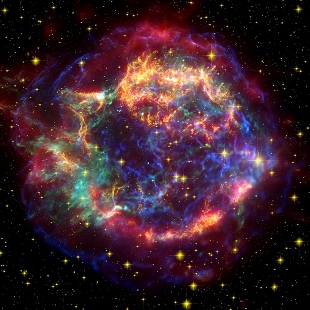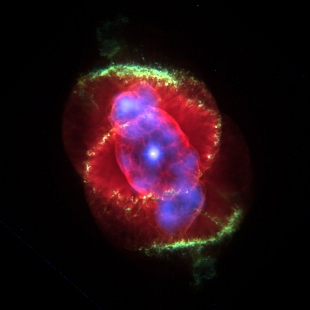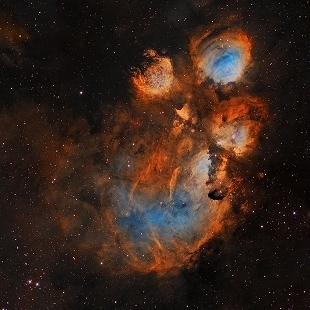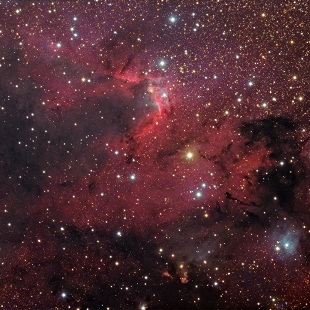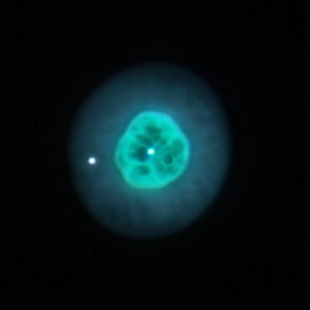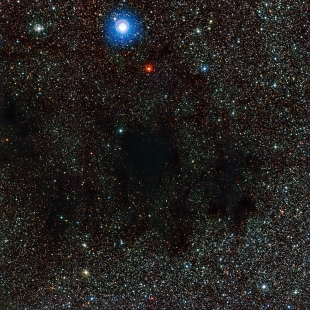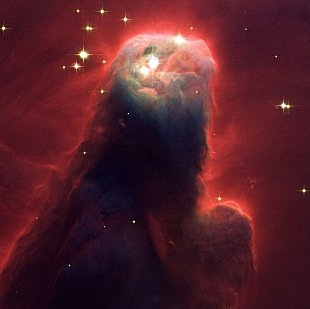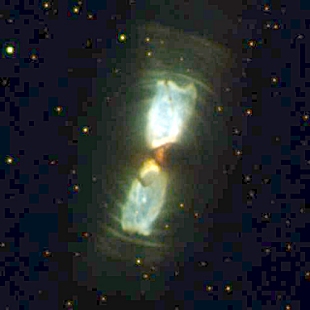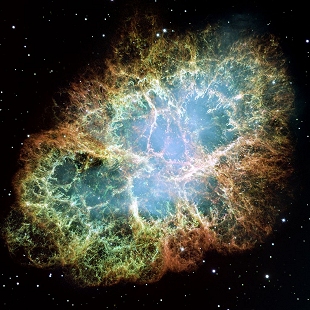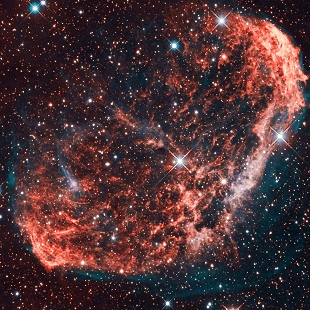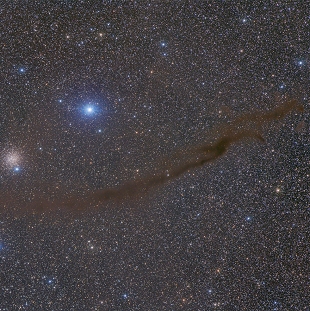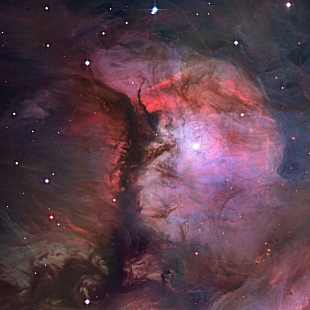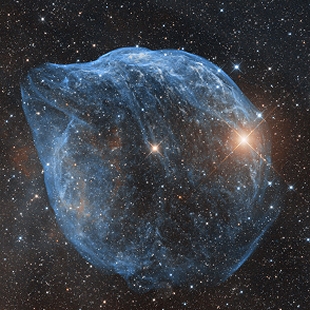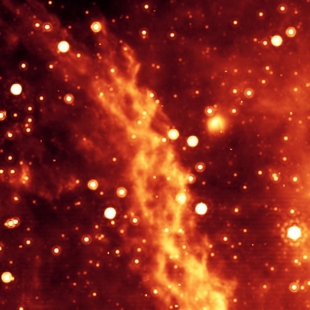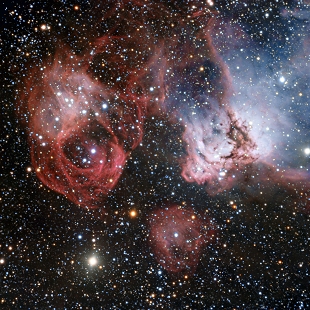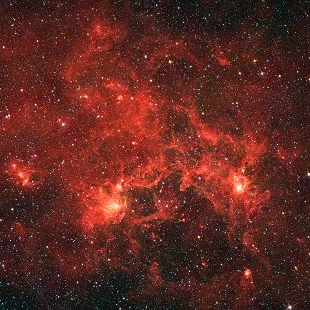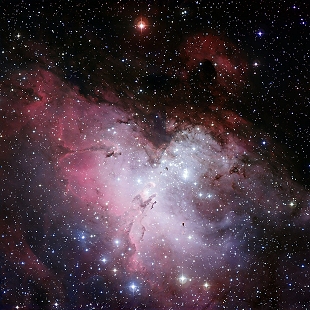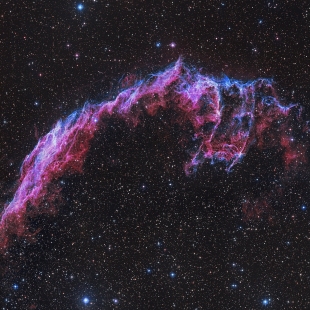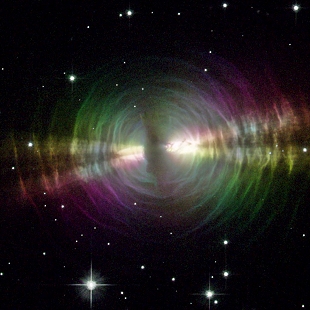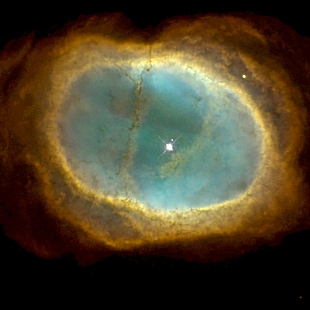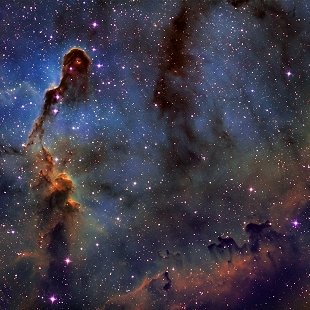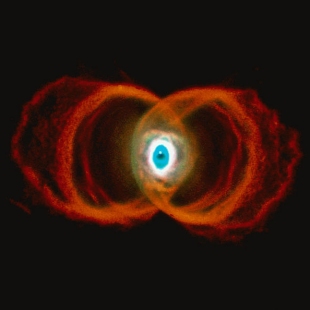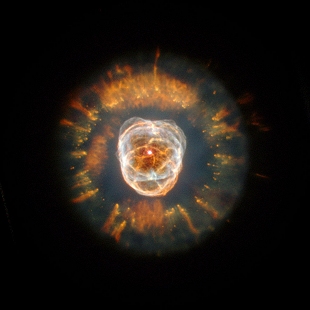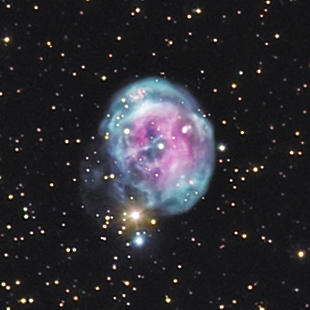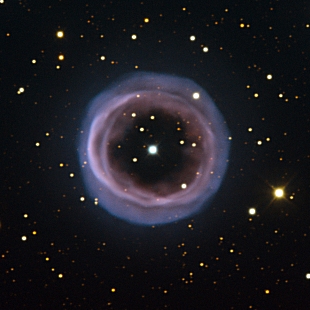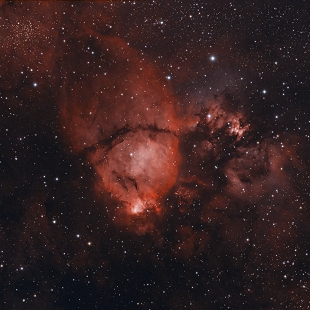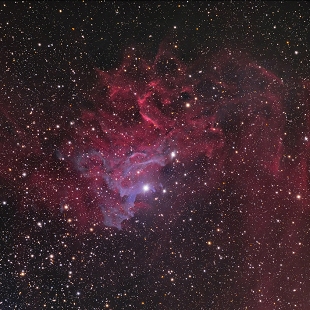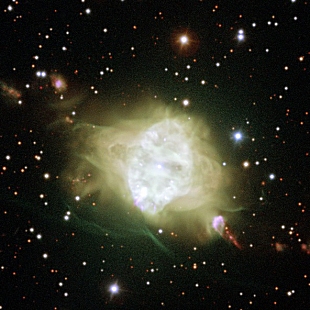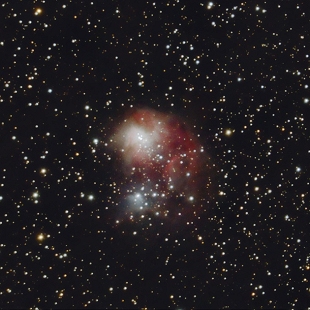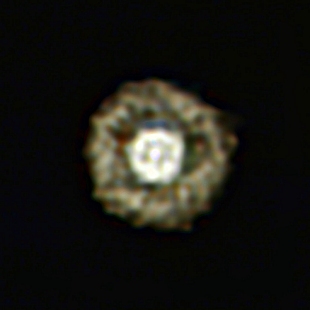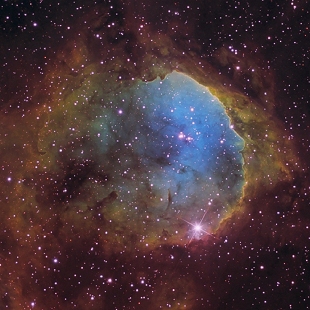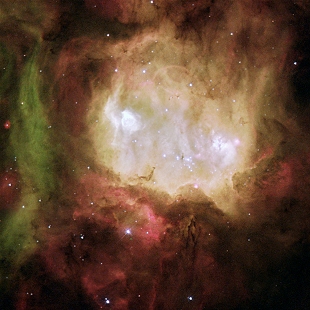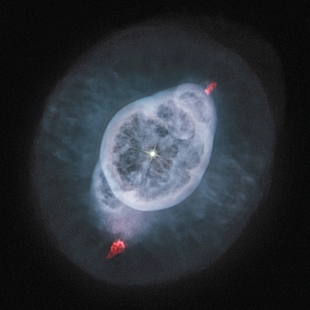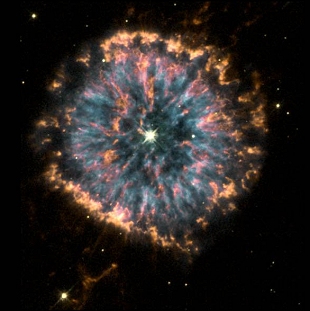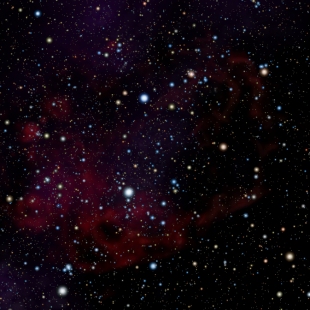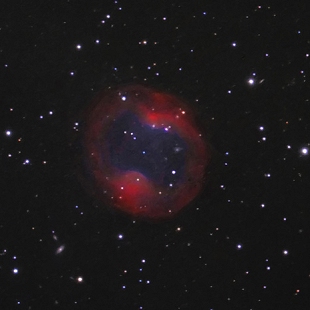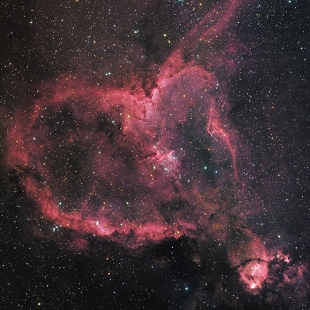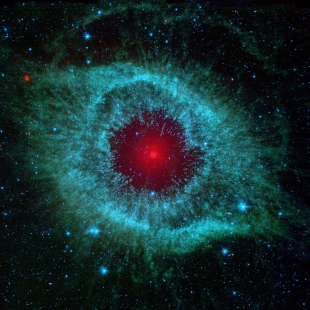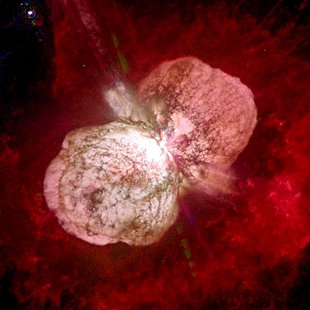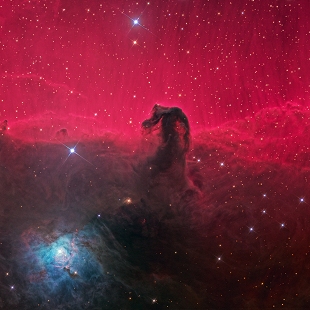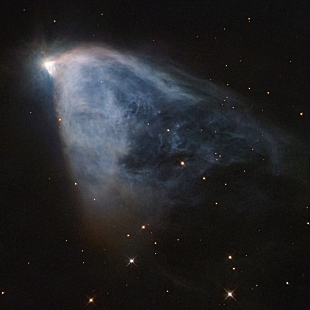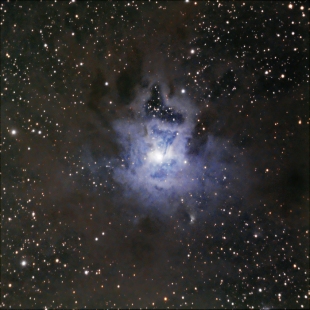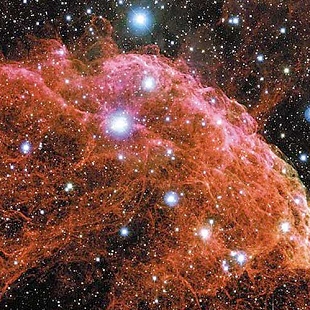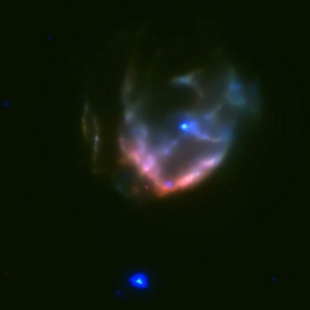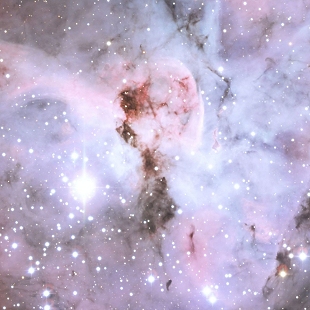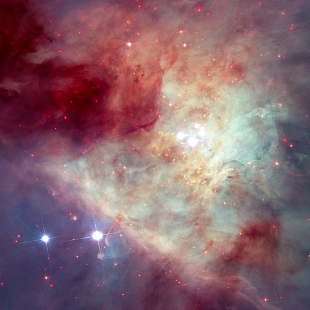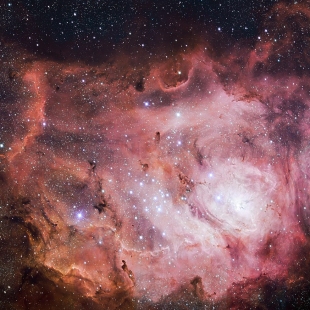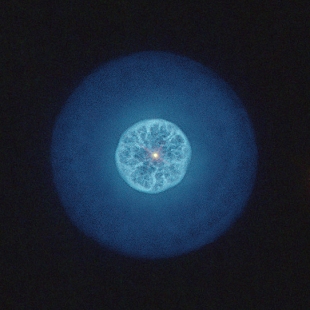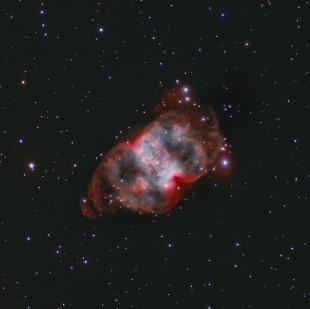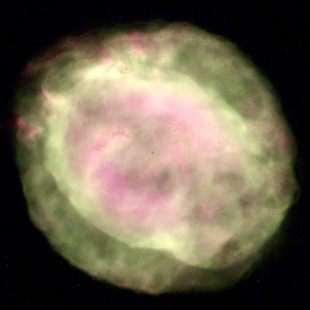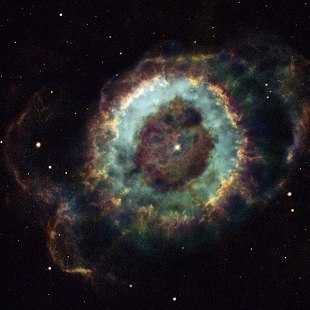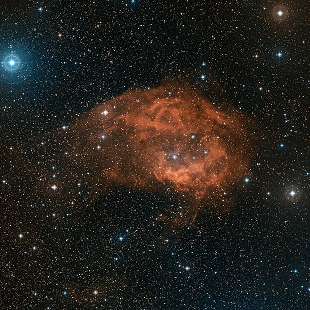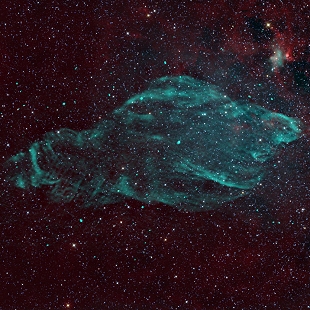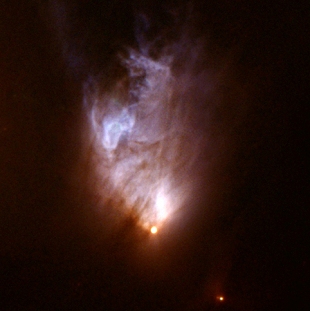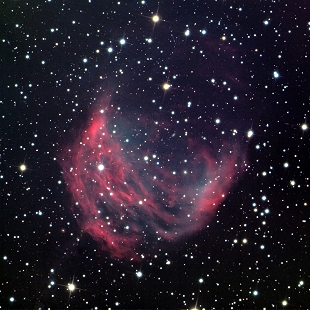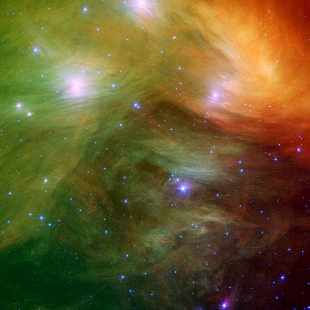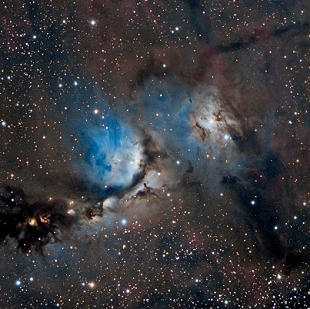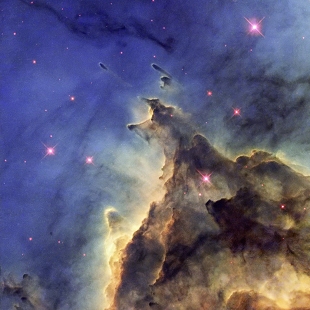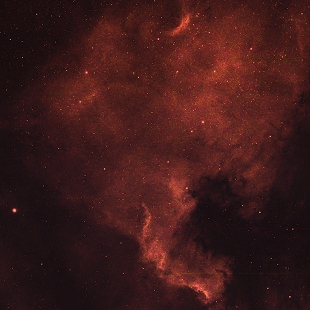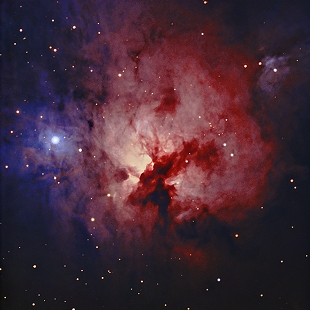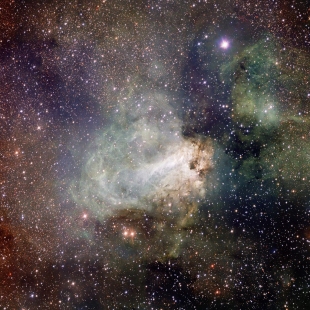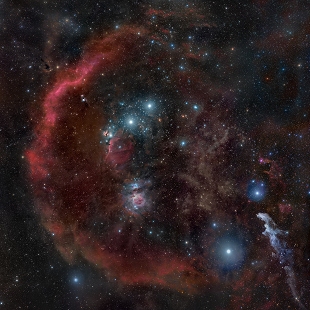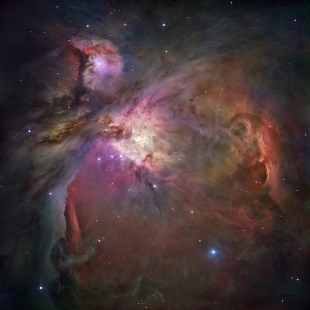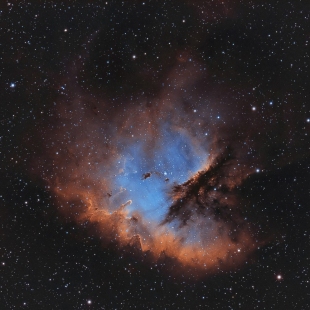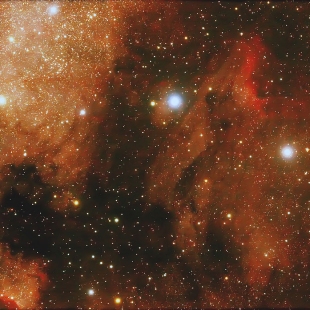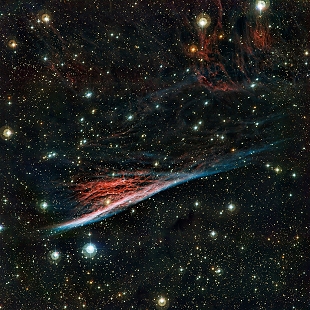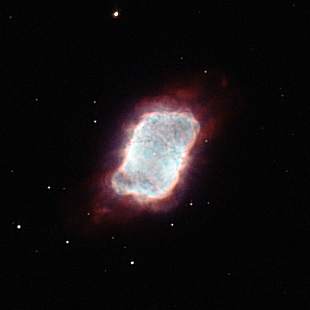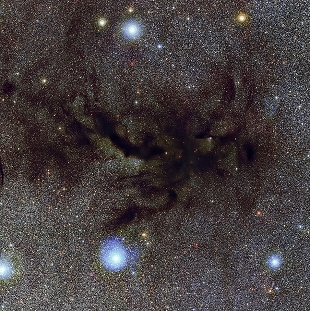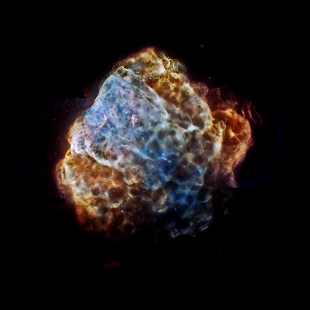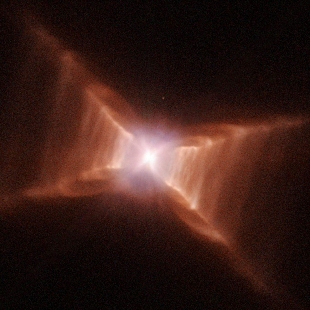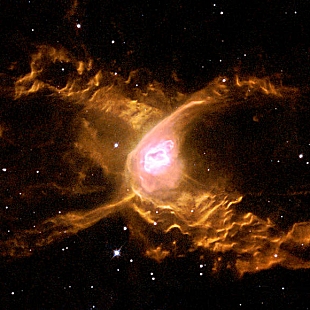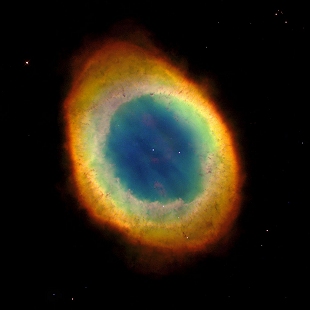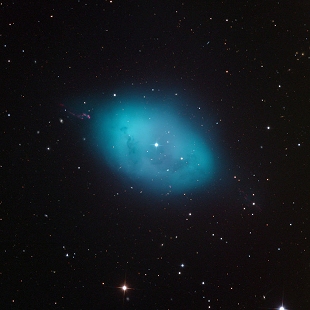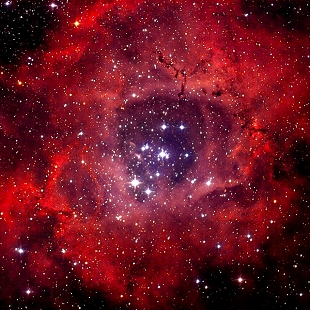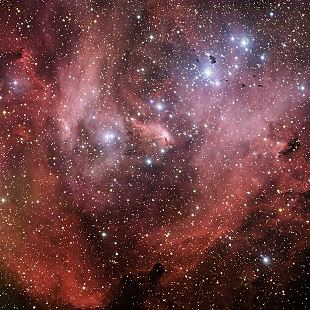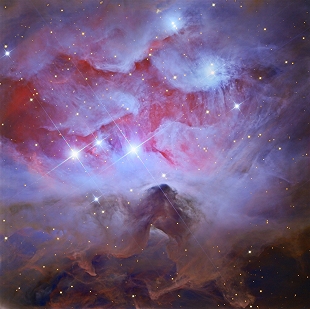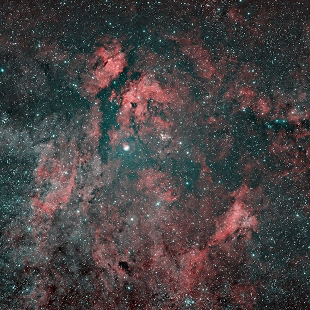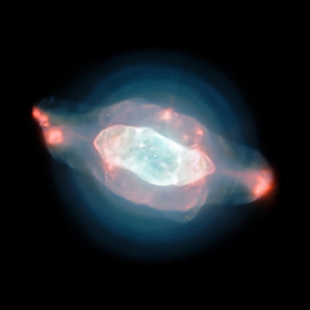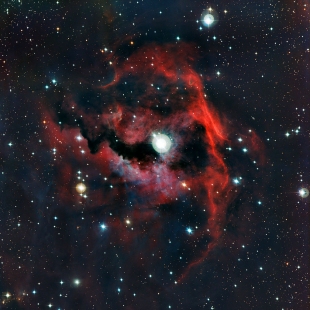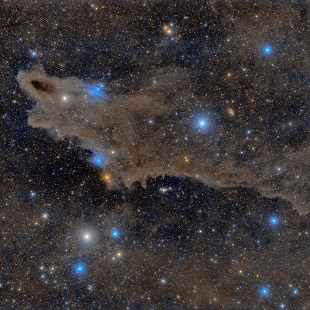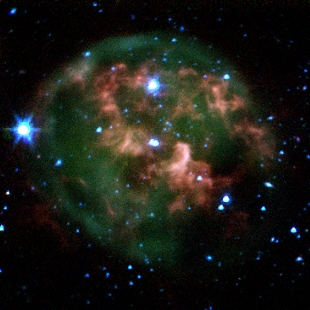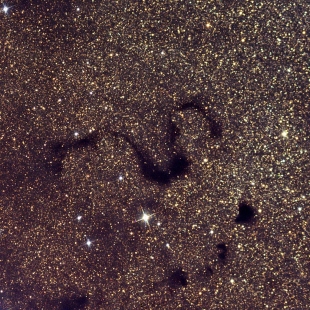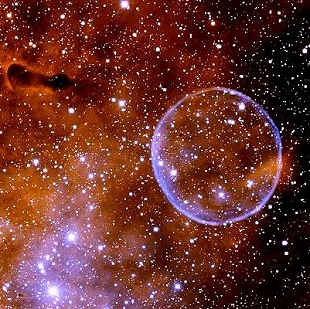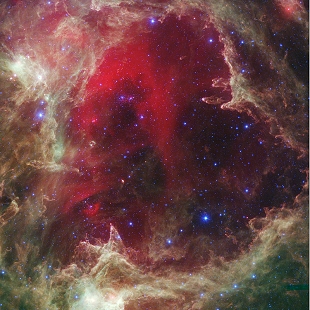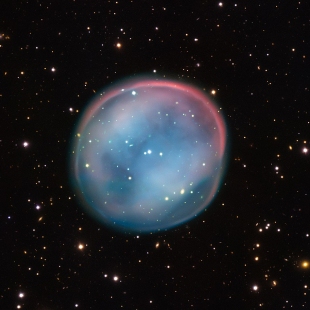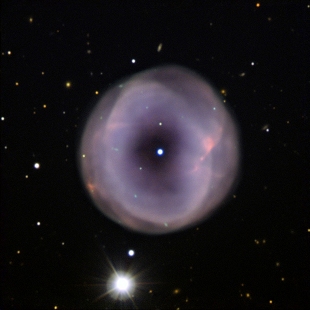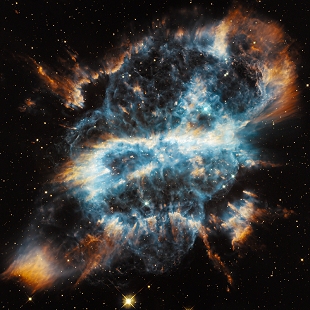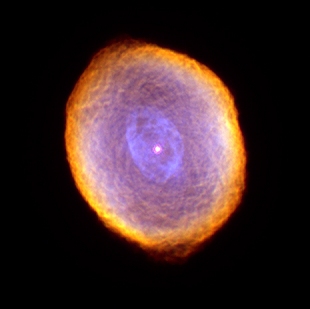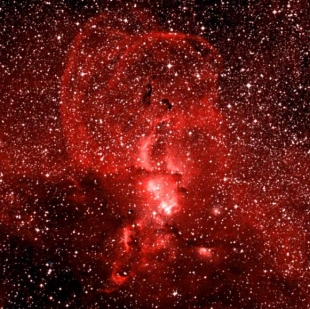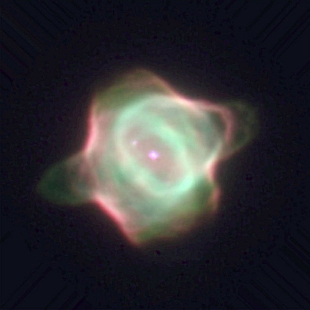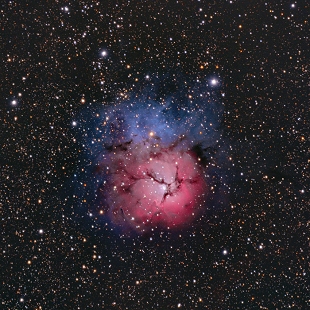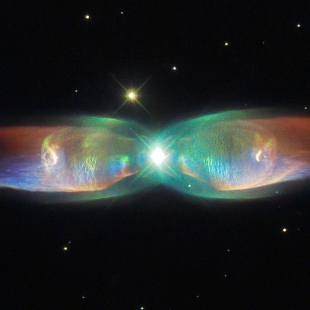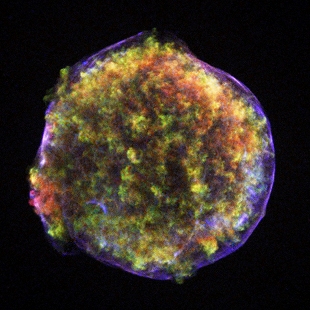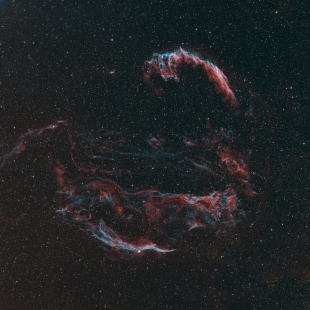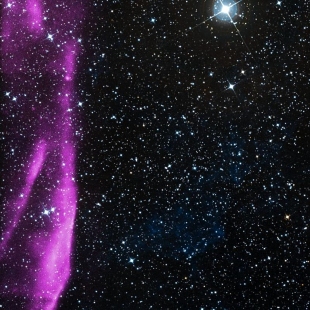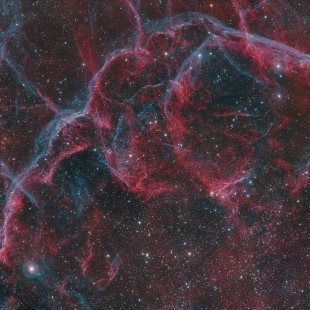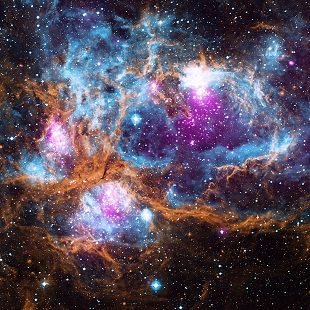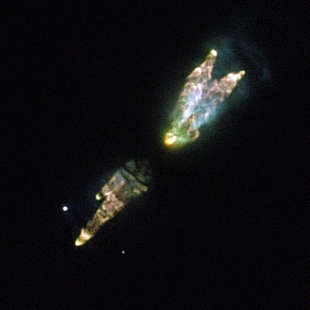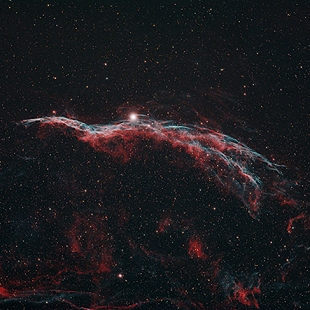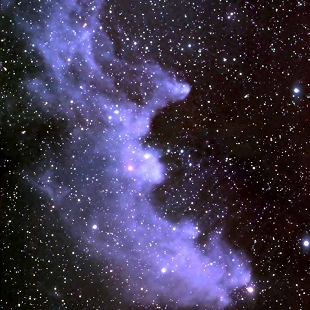150 Notable Nebulae
An A-to-Z list of 150 notable nebulae of the night sky. Nebulae are interstellar gas and dust clouds that emit (emission nebulae), reflect (reflection nebulae), or absorb (dark nebulae) light of different wavelengths. Many large nebulae can have emission, reflection, and dark components, such as the large Orion nebula. Supernova remnants (SNR) are a type of emission nebula. See sidebar for more information.
Dim, diffuse objects like nebulae require lots of telescope aperture and are ideal for viewing with a dobsonian telescope.
Cosmic Nurseries of the Universe
Scattered throughout the cosmos are celestial clouds of dust and gas known as nebulae, the grand cosmic nurseries where stars are born and die. These intricate structures harbor a rich array of physical phenomena, making them a fundamental area of research in astronomy. This article delves into the scientific understanding of nebulae, their formation, types, and their role in the stellar life cycle.
Understanding Nebulae
A nebula (plural: nebulae) is an interstellar cloud of dust, hydrogen, helium, and other ionized gases. The word "nebula" comes from the Latin for "cloud" or "fog," reflecting their hazy appearance. With sizes that range from less than 1 light-year to hundreds of light-years across, nebulae are some of the largest and most spectacular structures in the universe. They play a crucial role in the life cycle of stars, acting as the birthplaces for new stars and the remnants of dead or dying ones.
Types of Nebulae
Nebulae are categorized into different types primarily based on their physical characteristics and the mechanisms responsible for their illumination. The four primary types are emission nebulae, reflection nebulae, dark nebulae, and planetary nebulae.
Emission Nebulae
Emission nebulae, often called H II regions, are clouds of ionized gas that emit their own light. The most famous example of an emission nebula is the Orion Nebula. These nebulae are often red in color because they are mainly composed of hydrogen gas, and the ionization process emits light in the red part of the spectrum.
Reflection Nebulae
Reflection nebulae do not emit their own light but instead shine by reflecting the light of nearby stars. These nebulae tend to appear blue because blue light is scattered more than other colors in the spectrum, a similar phenomenon to why our sky appears blue.
Dark Nebulae
Dark nebulae, also known as absorption nebulae, are clouds of dust and gas dense enough to obscure the light from stars or nebulae behind them. They are visible because they block out the light from more distant stars or galaxies. The Horsehead Nebula in Orion is a classic example of a dark nebula.
Planetary Nebulae
Planetary nebulae are shells of gas and dust ejected by stars in the later stages of their evolution. Despite their name, they have nothing to do with planets; the name arose because of their round appearance through early telescopes. The Ring Nebula in the constellation Lyra is an iconic planetary nebula.
Nebulae and Star Formation
Nebulae are often sites of active star formation. Dense regions within nebulae can collapse under their own gravitational pull, forming a protostar. As the protostar continues to accrete matter from the nebula, it eventually becomes dense and hot enough to ignite nuclear fusion in its core, thus becoming a main-sequence star.
Observing Nebulae
Nebulae are popular targets for both professional astronomers and amateur skywatchers. They can be observed in different wavelengths of light to reveal different physical characteristics. Infrared observations can penetrate dust clouds to reveal hidden stars, while radio waves can probe cold, dark gas clouds. Many nebulae are visible from Earth with a small telescope or even binoculars.

